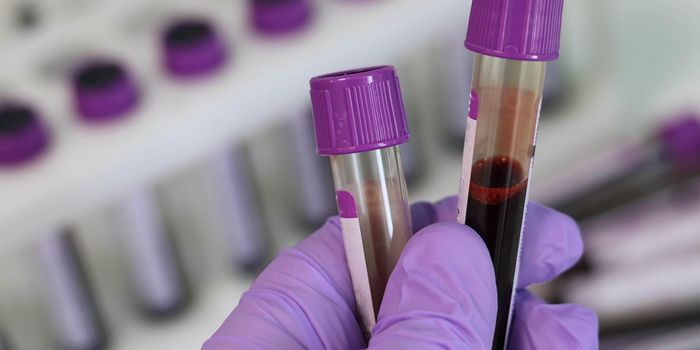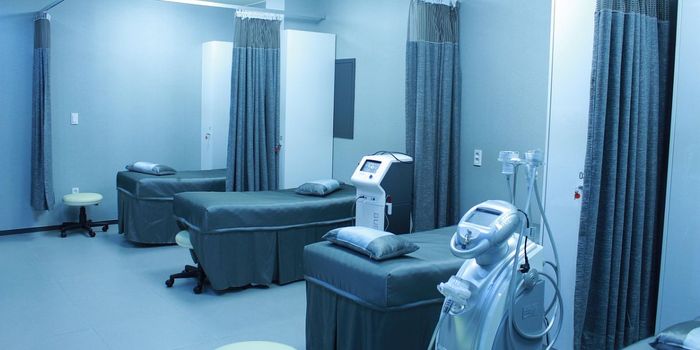Using focused ultrasound to open the blood-brain barrier and enhance drug delivery in Alzheimer's Disease
Alzheimer's disease poses a significant therapeutic challenge due to the restrictive nature of the blood-brain barrier (BBB) hindering the delivery of therapeutic agents to the brain tissue. To overcome this, researchers have explored the use of low-intensity focused ultrasound guided by magnetic resonance imaging (MRI) as a means to reversibly open the BBB.
In a recent investigator-initiated trial with three participants, the researchers aimed to assess the safety and feasibility of combining aducanumab infusion with focused ultrasound to open the BBB and assist with amyloid removal in Alzheimer's disease. Results were published in the New England Journal of Medicine.
The trial enrolled three participants diagnosed with mild cognitive impairment due to Alzheimer's disease or mild Alzheimer's disease dementia, aged between 50 and 85 years. The treatment protocol involved a 6-month intervention phase, combining focused ultrasound to open the BBB with aducanumab infusion. Monthly aducanumab treatments with dose escalation were administered, and focused ultrasound was applied 2 hours after each infusion. The follow-up phase included monthly aducanumab infusions without focused ultrasound.
The MRI-guided focused ultrasound device used in the trial was the ExAblate-Neuro-Type2, and the targeted size of the BBB opening was limited to specific brain regions. Imaging assessments, including positron-emission tomography (PET) scans and MRI, were conducted to evaluate the BBB opening, Aβ levels, and other neurologic outcomes.
Results showed that the three participants completed the combined treatment without cognitive decline during the 6-month intervention phase. The focused ultrasound effectively opened the BBB in targeted regions, followed by its closure within 24 to 48 hours after the procedure. Aβ PET analyses demonstrated notable reductions in Aβ levels in the regions subjected to focused ultrasound, with greater reductions compared to contralateral untreated regions.
In terms of cognitive and behavioral outcomes, Participants 1 and 2 showed no changes, while Participant 3 exhibited cognitive decline at day 30 of the follow-up phase, as indicated by the Repeatable Battery for the Assessment of Neuropsychological Status Line Orientation Test score. Adverse events during the follow-up phase were generally mild, with headaches being the most common, and no serious adverse neurologic or imaging-related events were observed.
The trial concluded that the combination of aducanumab infusion therapy with regional focused ultrasound to open the BBB in mild Alzheimer's disease was associated with few adverse events and resulted in a greater reduction in Aβ levels than aducanumab therapy alone in untreated brain regions. Despite the small participant cohort, the study provides a promising proof-of-concept for further exploration of this approach in Alzheimer's disease treatment!
Sources: New England Journal of Medicine








